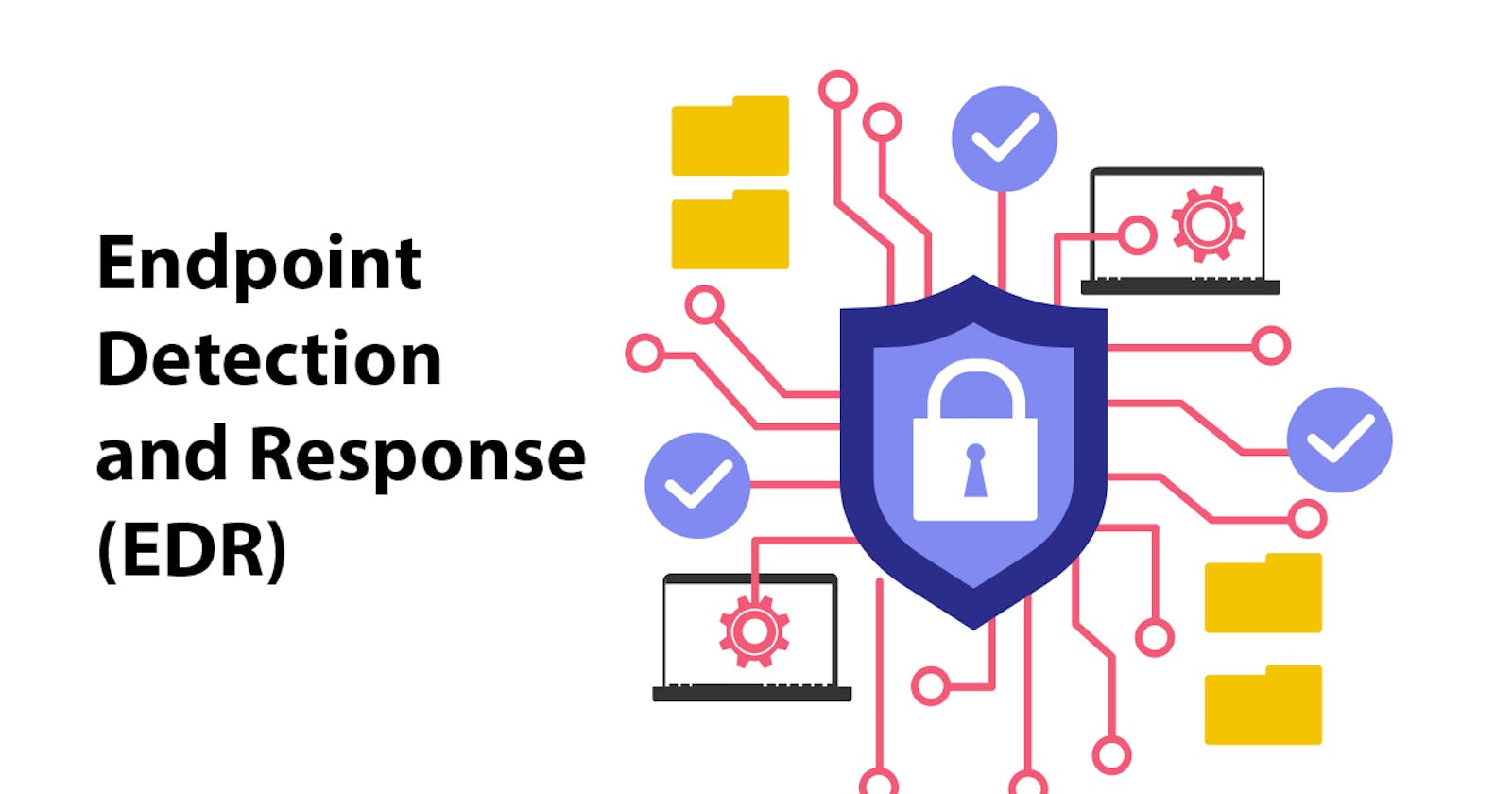Exploring EDR Solutions: Enhancing Endpoint Security
Endpoint Detection and Response (EDR) solutions have become indispensable tools for organizations looking to protect their endpoints from advanced threats and cyber attacks. In this article, we'll delve into what EDR solutions are, their key features, benefits, and considerations for implementation.
What are EDR Solutions?
Endpoint Detection and Response (EDR) solutions are advanced cybersecurity tools designed to monitor, detect, investigate, and respond to security threats and incidents on endpoints such as desktops, laptops, servers, and mobile devices. EDR solutions provide real-time visibility into endpoint activity, enabling organizations to identify and mitigate threats quickly and effectively.
Key Features of EDR Solutions
EDR solutions typically offer a wide range of features and capabilities, including:
- Continuous Monitoring: Monitoring endpoint activity in real-time to detect suspicious behavior, malware infections, and unauthorized access attempts.
- Threat Detection: Using advanced detection techniques such as behavioral analysis, machine learning, and threat intelligence to identify known and unknown threats.
- Incident Investigation: Providing tools and capabilities for security teams to investigate security incidents, including collecting forensic data, analyzing logs, and tracing the scope of an attack.
- Threat Hunting: Proactively searching for signs of compromise or malicious activity on endpoints, even in the absence of known indicators of compromise (IOCs).
- Endpoint Isolation: Isolating compromised endpoints from the network to prevent lateral movement and contain the spread of malware or malicious activity.
- Remediation and Response: Offering remediation actions and response capabilities to contain and mitigate security incidents, such as quarantining files, blocking processes, or rolling back system changes.
- Integration with SIEM: Integrating with Security Information and Event Management (SIEM) platforms to correlate endpoint data with network and system-wide security events.
Benefits of EDR Solutions
Implementing an EDR solution offers several benefits to organizations, including:
- Improved Endpoint Security: EDR solutions provide organizations with real-time visibility into endpoint activity, enabling them to detect and respond to security threats promptly.
- Advanced Threat Detection: EDR solutions leverage advanced detection techniques to identify both known and unknown threats, including fileless malware, zero-day exploits, and insider threats.
- Enhanced Incident Response: EDR solutions streamline incident response workflows, providing security teams with the tools and capabilities needed to investigate, contain, and remediate security incidents effectively.
- Proactive Threat Hunting: EDR solutions enable security teams to proactively search for signs of compromise or malicious activity on endpoints, helping organizations identify and mitigate threats before they escalate.
- Compliance and Reporting: EDR solutions provide audit trails, logs, and reports that help organizations meet regulatory compliance requirements and demonstrate adherence to security policies and standards.
Considerations for Implementing EDR Solutions
When implementing an EDR solution, organizations should consider several factors, including:
- Endpoint Coverage: Ensure that the EDR solution provides comprehensive coverage for all endpoints within the organization's IT infrastructure, including desktops, laptops, servers, and mobile devices.
- Integration: Choose an EDR solution that integrates seamlessly with existing security tools and systems, such as SIEM platforms, threat intelligence feeds, and incident response workflows.
- Scalability: Evaluate the scalability and performance of the EDR solution to ensure that it can handle the organization's current and future endpoint security needs.
- Usability and Ease of Management: Consider the usability and management capabilities of the EDR solution, including its user interface, reporting capabilities, and automation features.
- Vendor Support: Choose a reputable vendor with a track record of providing reliable support and ongoing updates and enhancements to the EDR solution.
Conclusion
In conclusion, Endpoint Detection and Response (EDR) solutions are essential tools for organizations looking to enhance their endpoint security posture and protect against advanced threats and cyber attacks. By providing real-time visibility into endpoint activity, advanced threat detection capabilities, and streamlined incident response workflows, EDR solutions enable organizations to detect, investigate, and respond to security incidents promptly and effectively, ultimately strengthening their overall cybersecurity defenses.
